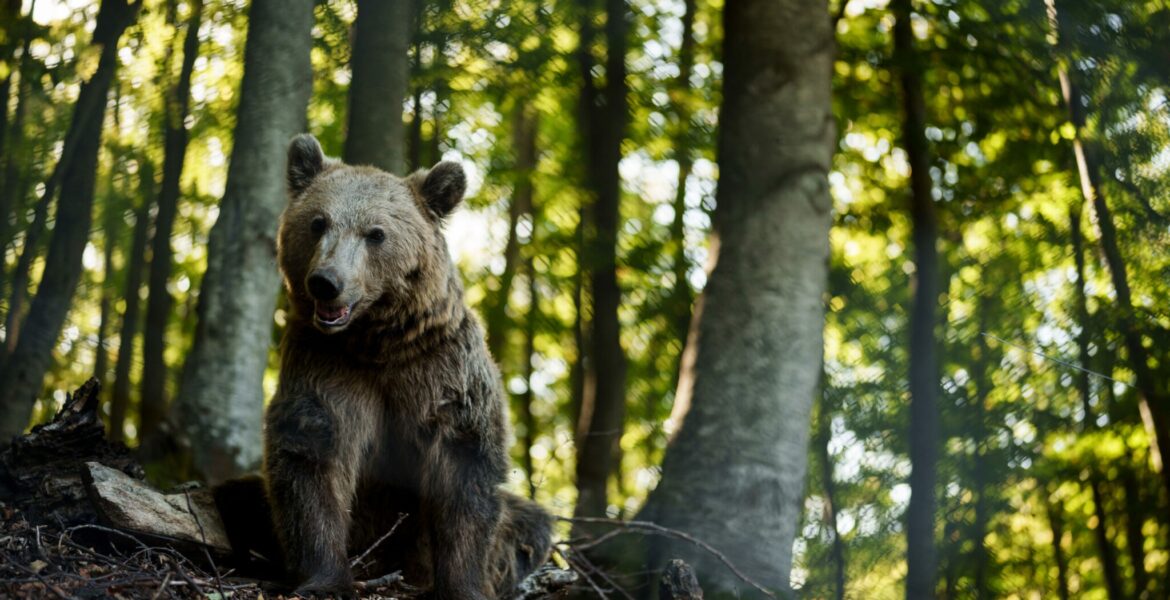“Three bear cubs from Bulgaria who were found orphaned are hosted in the shelter of Arcturos. They are in a fenced area away from the caregivers, so they don’t come into contact with them. Only in this way will they learn to find their own food in nature and survive. Later, they will return to Bulgaria.”
This is one of the most recent stories that the people of Arcturos tell us. The Greek non-governmental and non-profit environmental organisation is now three decades old, and its work is extremely important and truly admirable.
We had the pleasure of being talked to by the communication manager of Arcturos, Panos Stefanou, and we also found ourselves in the picturesque Nymfaio village of Florina to learn even more interesting information about the history of the organisation, its work with bears and other protected species.
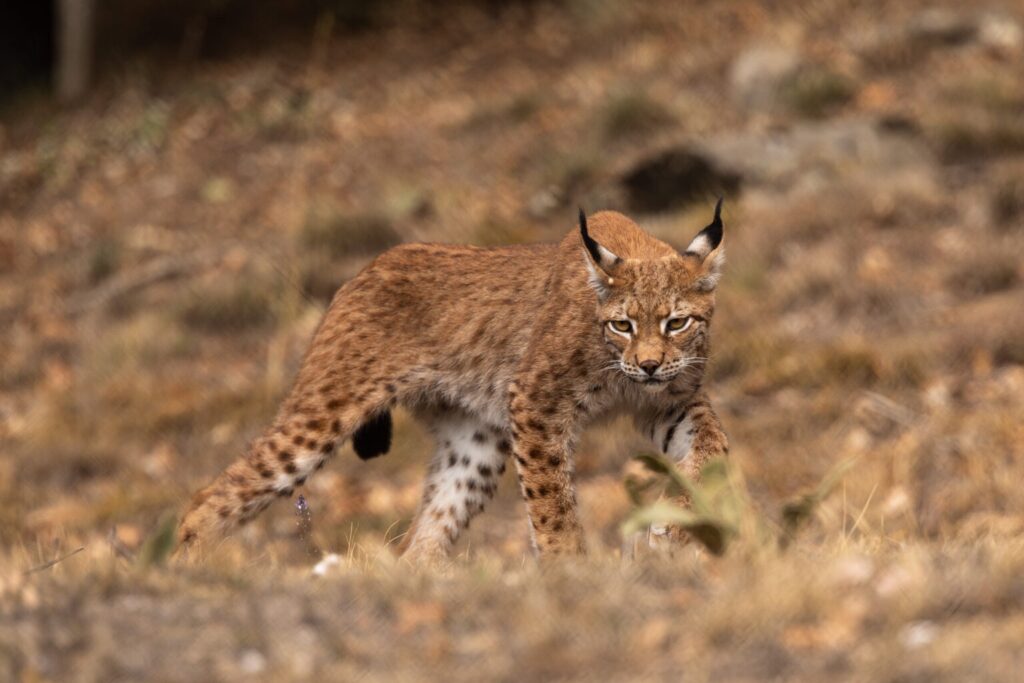
Tell us a little about the history of the organisation.
Arcturos was founded in 1992. The occasion was an incident in which the founder, Yiannis Boutaris, and his son Michalis, who met a bear hunter with a dancing bear, were present. Michalis asked his father to do something about this incident, so that’s how the organisation started. Mr. Giannis envisioned something very advanced for that time. He didn’t just think about what he could do for this particular bear but wanted to approach the issue of wild animals holistically, which is why a biologist, an educator, a farmer and other specialties joined the Arcturos team.
Somehow, a place was created where the bears would be housed when the bear hunters confiscated them. While relevant legislation has existed since the late 1960s prohibiting the possession and capture of protected wild animals, in practice, it was not enforced because there was no place to house these animals and no interest and pressure to stop the captures.
So, the first animals were seized and transferred to the veterinary station that Arcturos had founded and slowly, through European programs, the Bear Protection Centre was started; a few years later, the Wolf Protection Centre and the corresponding Information Centres. In fact, within a few years, the practice of the dancing bear stops.
How hard was it for a bear to be a “dancer”?
It was extremely painful for the bears because they were learning to stand on two legs and walk on red-hot slabs.
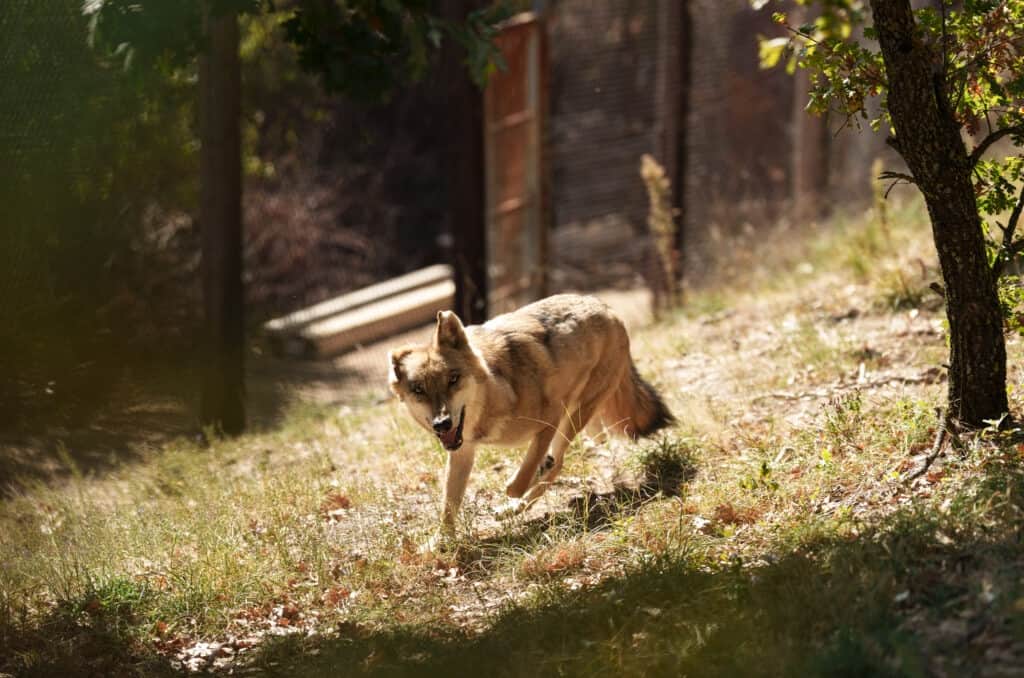
Is it true that bears hibernate?
It is hibernation and not hibernation. Animals, such as snakes and turtles, hibernate, where their body temperature equals the ambient temperature. Bears go into hibernation, during which they slow down.
Their body temperature drops 2-3 degrees, and they sleep for many hours and wake up a little. The females, in fact, give birth during the hibernation period and remain in their nest, but they are not asleep all the time.
It is in a state of reduced rhythms until spring comes.
What exactly does a protected species mean?
It has to do with its population mainly. A species may be protected in one country and not in another. For example, in America, there is a very large population of bears, so they are not under any protection status.
The numbers are lower in Greece and other European countries, so bears are considered a protected species. While other animals, such as foxes, are not in Greece.
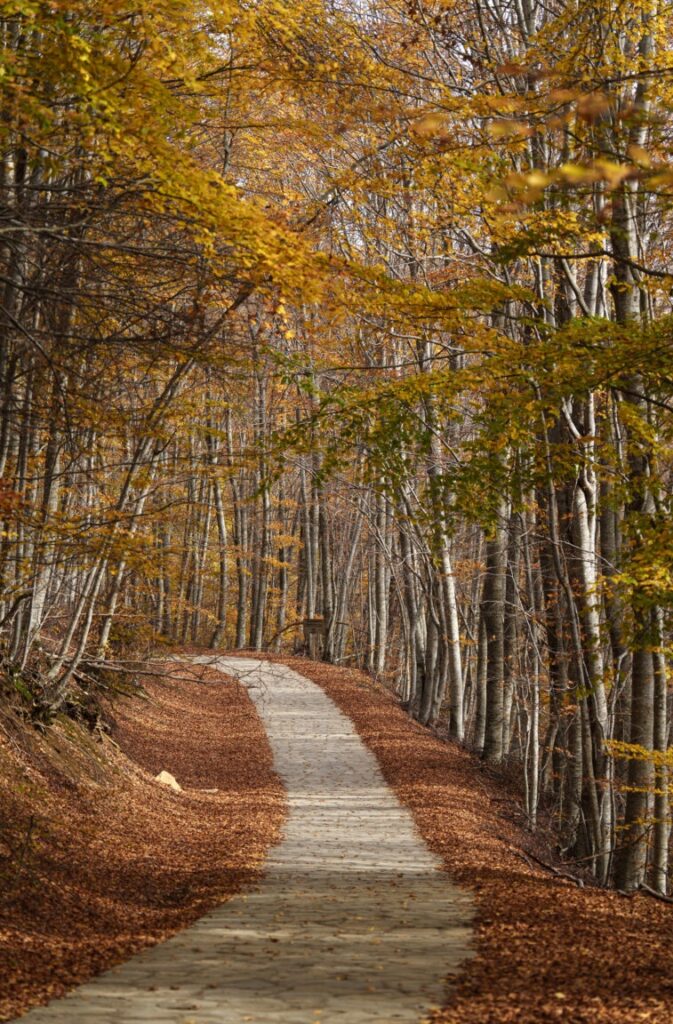
Tell us a little about the Wolf Protection Program.
We have wolves that were either in zoos – mostly overseas now – or were in captivity or may have been orphaned and not re-homed or were injured and could not survive. So, they are animals that, for some reason, could not live freely.
In recent years, we also have lynxes, which disappeared from Greece.
They came to us from a zoo in Andorra that closed down. Through our network, there was contact about whether we can host them, and that’s how they came to Greece, aiming to reappear in our country.
What are you doing with the Greek shepherds?
Geographically, the Greek shepherds are next to the wolves and lynxes, but the area is non-visitable.
There are breeders, and the born puppies are given to breeders, mainly in areas with bears and wolves. Breeders can pair them with other dogs in the program or their Greek Shepherds.
Can you describe to us what the space is like there?
The area is fenced. In essence, these are animals that have learned to depend on humans, and therefore, it would be dangerous for them and humans to live freely.
So they are housed in controlled facilities because they could not live freely.
Many of the animals there have been orphaned within their first year of life and must somehow be re-integrated into the wild.
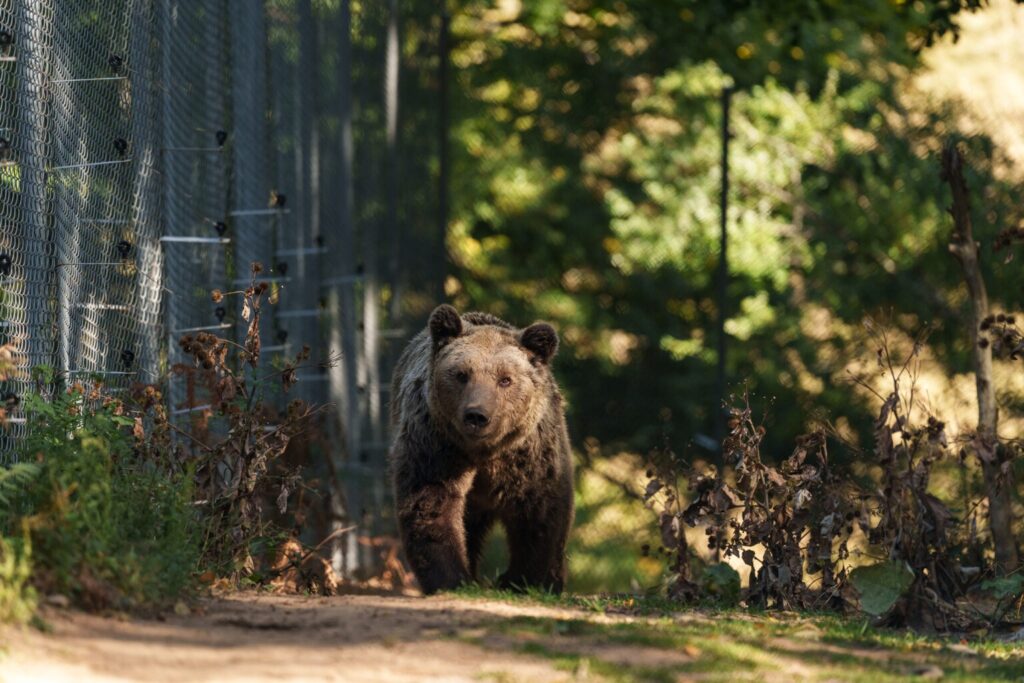
And how exactly does reintegration take place?
The animals live in a separate area, are raised with a special protocol, and are then re-introduced into the wild. Because they are still young, they have a chance to learn to live on their own.
In the first months of their life, bear cubs live with their mother, so they must learn to survive if they lose her. At the same time, however, they must learn not to depend on humans and not to recognise us as a friendly species.
In the first months, feeding with a bottle can also be done because they are very small. For some weeks, they have contact with the caregivers, and gradually, as they grow, the contact becomes less frequent.
And towards the end the prevention is done so that they can live alone now.
Is it dangerous for the keepers to come into such close contact with the bears?
It’s not about risk, especially at that age. Of course, they are already starting to develop claws, but they will not be aggressive.
But they must learn not to recognise their caregiver as a friendly species, not to learn to depend on him. When they leave, they will look for human presence again because they think they can eat from humans when they shouldn’t.
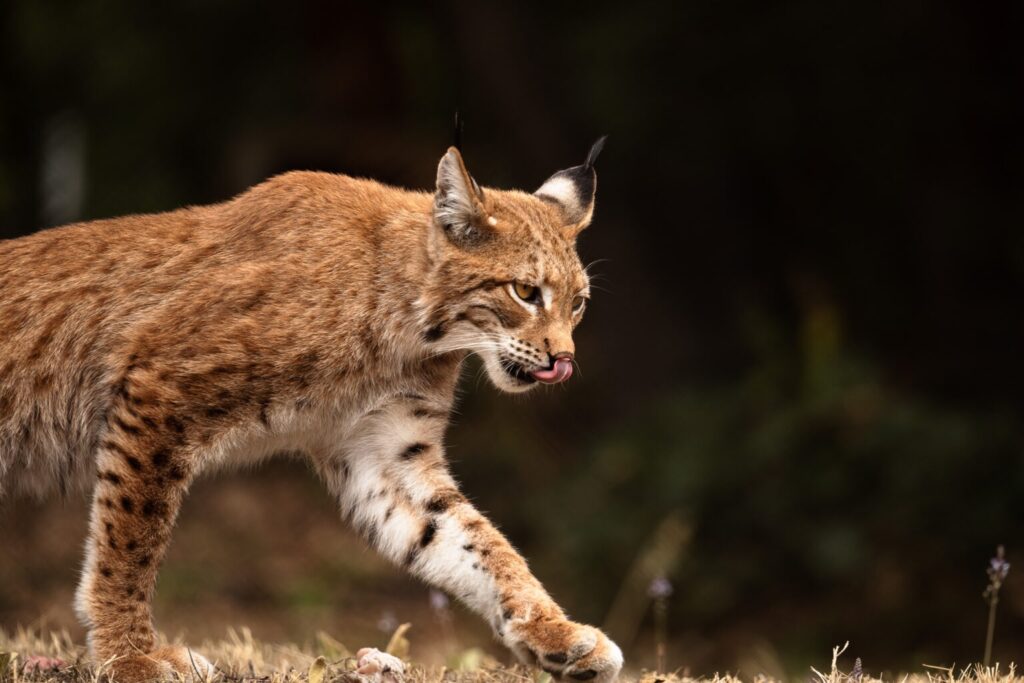
What do you think bears are most at risk of? From the hunters or from being run over by a car? Is climate change affecting them?
The threats are mainly man-made. Traffic accidents have been reduced to a great extent. Most are poaching incidents. In the last three years, we have at least 12 bears that have been shot.
But there are also poisoned baits. In other words, an animal can eat another that has consumed such bait. So, there is a chain of dead animals.
These are the most immediate threats.
The most indirect threat is the degradation of their habitats, i.e. polluting the forests, the places where bears normally find food. The availability of their food decreases, so they are at risk.
Climate change is definitely affecting us, but we still need to figure out how and how much because it’s too early. Maybe a prolonged drought led to food shortages, but we don’t know yet.
What should we do if we see a bear?
We certainly don’t approach it as much as we want to see it up close. We remember that it is a wild animal and can become dangerous. But it is neither aggressive nor lies in wait to attack humans.
Therefore, we should not move towards it so she does not feel threatened. If our paths cross, we should give it an escape route so it doesn’t feel trapped. We don’t get close at all, especially if he has cubs.
We keep our cool and do not approach. We try to make noise to make our presence felt so that it is not startled.
In general, there are few incidents of bear attacks on humans. In its attempt to leave, bears wants to neutralise the threat it feels from the man, so that is where the injury can occur. It won’t kill the human but can bite and repel with force.
Do you remember a difficult incident?
Last year, a bear with her three cubs tried to cross a dam with water in it, but the cubs got trapped, and the mother couldn’t get them out, which is dangerous.
The Arcturos emergency team tried to save them by putting a pallet so they could climb out. Mum was nearby and might have reacted aggressively, but luckily everything went well.

Don’t you fear for your life and the animal’s life when you are called to deal with such incidents?
Yes, you are afraid for both yourself and the animals. It’s not just such incidents. A bear can happen to be caught in a trap – usually a wild boar trap.
We’ll have to shoot it from afar with a dart to get it out. But the bear can be freed from the trap at any moment. At that time, it is a stressed animal that can become aggressive.
How and when can someone visit you?
The place to visit is the Bear Protection Centre – it is the place where the bears are housed – and it is open all year round except during the hibernation period. Usually, this period is after the holidays, from January to March.
This year, of course, winter hibernation came for the first time before the holidays, so the Bear Protection Centre has been closed for about a month. However, the Wolf and Lynx Conservation Centre is open, so one can visit it all days except Wednesday when it remains closed.
How close can one see an animal?
You can see it from very close. Visitors are outside the fence, but there are cases where you can see it from half a metre away. Usually, when they go in groups, the animals don’t appear so close.
If you go alone, you can get closer to the animal. But even if one does not manage to see an animal, there is a guide who explains everything. It’s not the logic of the zoo where you go to see animals.
This is where someone comes to be informed and learn. In the us, the animal is given a choice not to approach if it does not want to, whereas, in the zoo, the spaces are smaller, so the animals are inevitably closer to people.
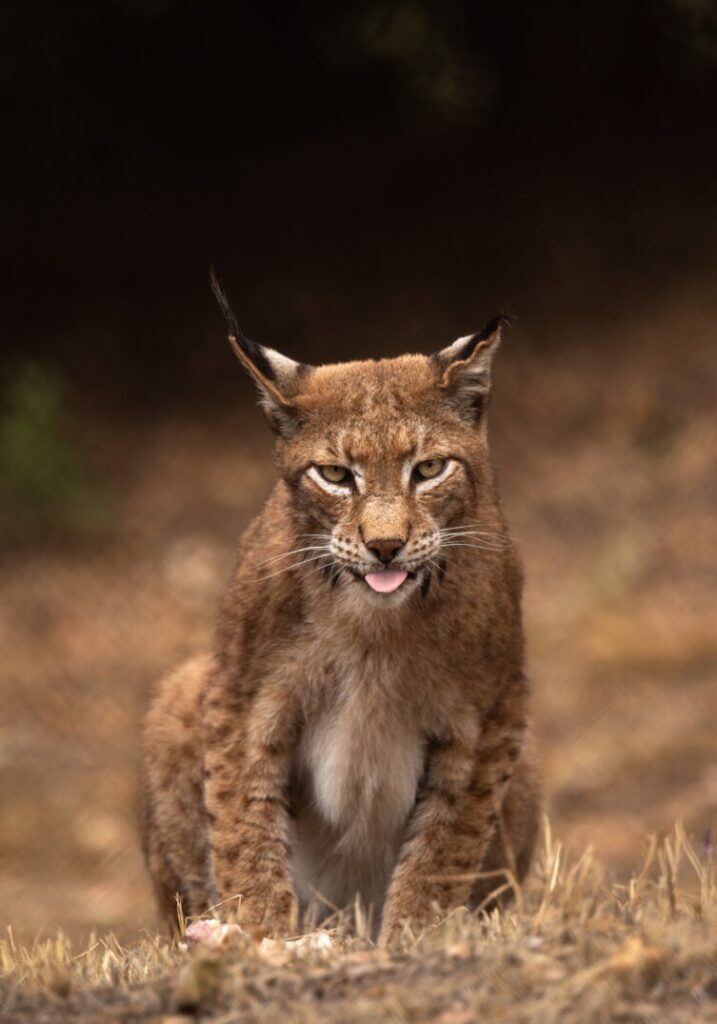
How are you funded? How can we donate?
Funding is exclusively from supporters, visitors to the International Environmental Centre, product purchases, donations, symbolic adoptions, and sponsorships from companies that support our work and various programs.
Would someone be able to volunteer?
Yes. In fact, in recent years, the number of volunteers has increased significantly both in the work of the International Environmental Centre and educational activities, events, and festivals.
The volunteers are from Greece and abroad. There is also the house of the volunteers who are accommodated while they stay here.
Is there anything else you’d like to add?
It is important to add that environmental education programs are implemented online and in person for children from kindergarten to secondary school. These programs are growing every year, and interest is growing.
Interest is increasing. Think 2022, we had almost 50,000 visitors. In 2023, we surpassed them. We are preparing more cool things in the future!
* We thank Panos Stefanou for the interview and the vital information he shared.
If you ever find yourself in Florina, visiting the Arcturos sanctuary will impress you. Contact with nature and wild animals really enchants you and takes you on a journey.
Konstantina Malliou is a columnist for To Pet Mou.

